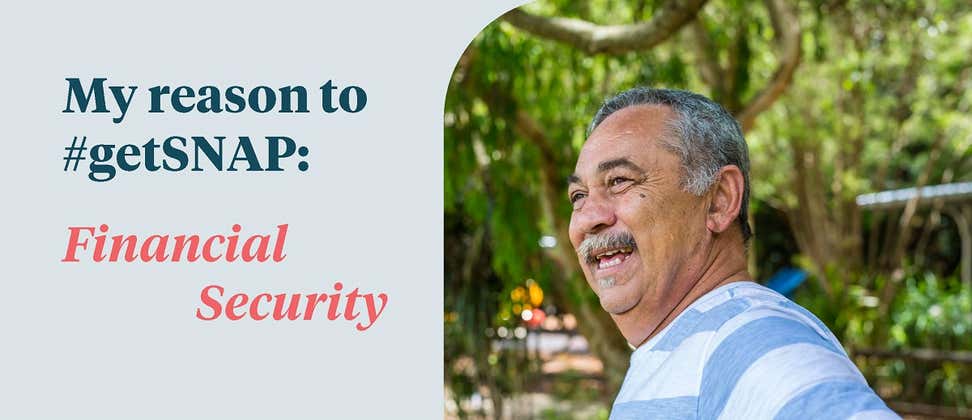Key Takeaways
Older immigrants and seniors in rural areas are less likely to be enrolled in the Supplemental Nutrition Assistance Program (SNAP).
Senior SNAP Initiative grantees share their strategies to enroll older immigrants and rural seniors into SNAP in this series of lessons learned reports.
Millions of older adults (i.e., age 60 and over) remain eligible for, but not enrolled in, the Supplemental Nutrition Assistance Program (SNAP), the nation’s most vital assistance program that helps people with limited incomes afford food.
Certain population groups are more likely to be food insecure but less likely to be enrolled in SNAP. These include rural residents, immigrants whose first language is not English, minorities, and those with disabilities.
With generous support from the Walmart Foundation, NCOA's Senior SNAP Enrollment Initiative has been working to increase senior SNAP enrollment through online outreach and a network of community-based organizations. Seven of these organizations received grants to specifically target two underserved groups of seniors: immigrants and rural residents.
The following reports highlight the challenges they faced, and overcame, in conducting this outreach, and offer examples of seniors who now are able to afford nutritious food thanks to SNAP enrollment.
Immigrant Seniors: Lessons Learned
- Alivio Medical Center
- Asian Services in Action (ASIA)
- Chinese Information and Service Center
- Mexican American Opportunity Foundation
Rural Seniors: Lessons Learned
- Feeding the Gulf Coast
- Human Resource Development Council of District IX
- Tri-Valley, Inc.









